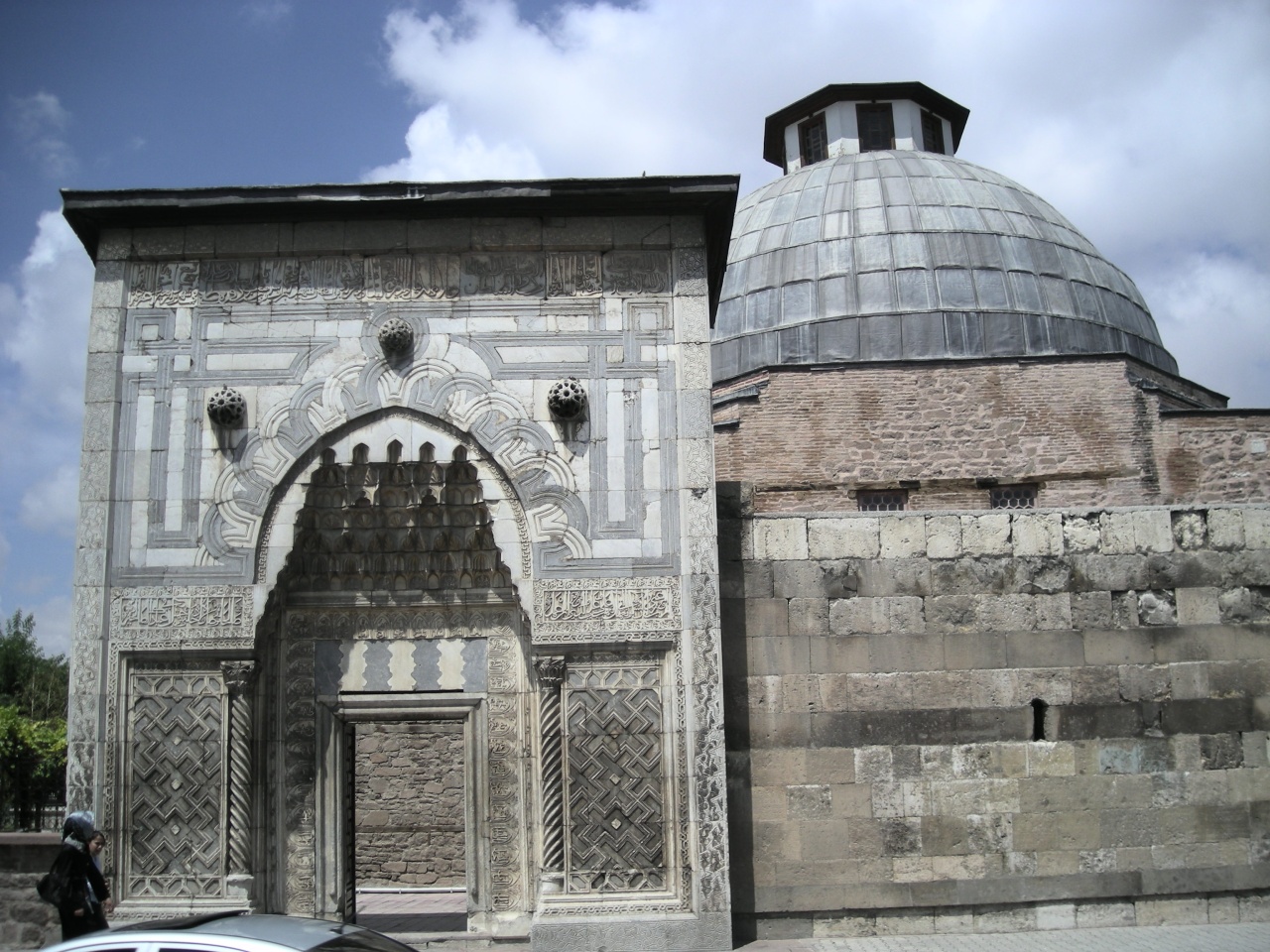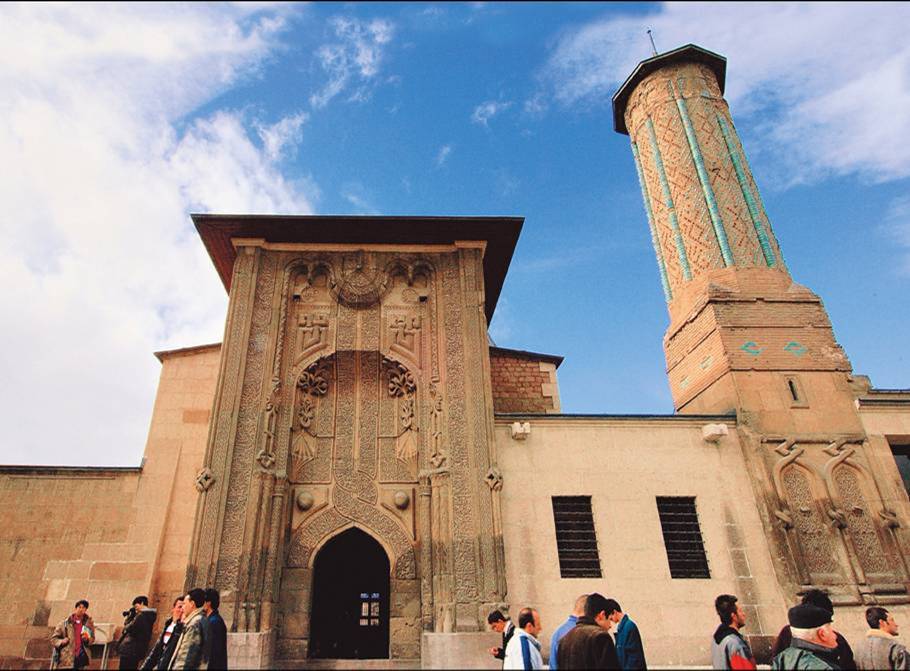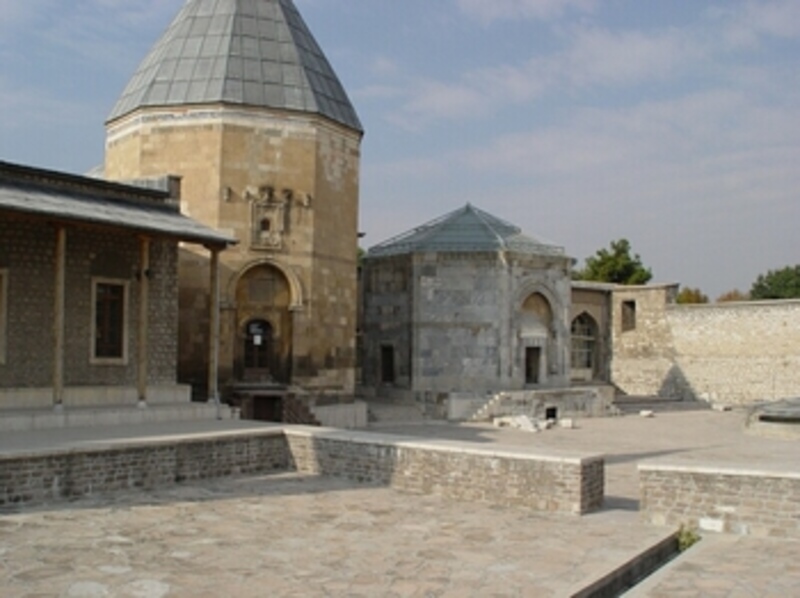Konya Alâeddin Mosque
The mosque is one of the oldest Seljuk monuments and the building located in the Anatolian Seljuk capital, Konya, is located in the Taht Mahalli in the middle of the inner moat palace according to the Altunapa Foundation. The Anatolian Seljuk period is the oldest and oldest cami of Konya.
Alaaddin mosque history, pictures, Konya’da mosques, history, who made it, where is the mosque, when was done, Alaaddin mosque mihrabı, brief information, Camiiler.com
Konya Alaaddin Mosque Architectural Properties
Alaaddin mosque in Konya is a Seljuk monument dating from the 13th century and was built in the style of Islamic architecture. The width of the glass is 86 meters, the length is 57 meters. The building is covered with a flat roof over 62 columns taken from old buildings.
The mosque has been repaired at various times. The archival records mention the tamirbakat which was made in the sixteenth century. Again, this tamirattan is written in the book on the east side of the door, in 1889-1890, with the edict of Sultan Abdulhamid Han.
There are sources reporting that materials used in the construction of Aladdin mosque in Konya were brought away. The fact that the material that surrounds each of the previous circles was used almost is a characteristic of multiplication.
Information about the mosque, history of construction of Alaaddin mosque, architectural features of mosque, Konya province, historical glass. Konya, places to visit, Alaaddin Konya,
What is Alaaddin Mosque?
In today’s Konya, the Selçuklu District of Hamidiye District in the city center was built on Alaeddin Hill, a mound with a high mound forming the historical core of Konya city in Alaaddin.
The construction of Alaaddin Camin was initiated at the time of Sultan First Mes’ud and Sultan Alaeddin took his final shape during the reign of Keykubad in 1220 (H. 617). For this reason, it is called Alaeddin Mosque. Konya was built on Alaeddin Hill, a high mound in our province. History of Alaaddin Mosque, Properties of Alaeddin Mosque, Anatolian Seljuk artifact, historical glass in Konya, history, features, Konya city, old glasses.
Information about Konya Alâeddin Mosque
Mosques in the Ipliki Mosque Foundation, the Sultan Mosque in other foundations, the work of Eflaki, Menakıb’ül Arifin (Ariflerin Menkibeleri) in the name of the Castle Masjid ali passes. The building which passed the records as Alâeddin Mosque in Şer’iyye Registers of various periods is now known as Konya Alâeddin Mosque.
Alaaddin Mosque construction date
Konya Alâeddin Mosque has a special place among the Anatolian Seljuk structures, considering the period until its final shape and various joints made in this process.
Although this may lead to different opinions about the mosque, the history of the building can be made thanks to the existing inscriptions.
In Konya Alaaddin Mosque; There are a total of thirteen inscriptions on different materials at different points of the structure, including bani, trustee, master and repair inscriptions. It is the book which gives the earliest date compared to the other inscriptions because it belongs to I. Masud (1116-1155), which is written in kufi line in one line on the minbar entrance gate. Again starting from the right part of the entrance gate of the pulpit and ending under the left corner and giving no date II. It belongs to Kılıç Arslan (1155-1192). Izzeddin Keykavus (1211-1220) and I. Alâdeddin Keykubad (1220-1237) together with other inscriptions on the construction of the construction began in the last years of the reign of I. Mesud II. During the reign of Kılıç Arslan, the first construction activity ended with the addition of courtyards. We are learning that the second construction activity that started in the building in the last years of the reign of I. İzzeddin Keykavus ended in the reign of I. Aladeddin Keykubad.
Alâeddin Mosque Founder
In Konya Alaaddin Mosque, as a bani, my antagonist I. Mesud, II. Kılıç Arslan, I. İzzeddin Keykavus and I. Alâeddin Keykubad is the emergence.
MORE
















